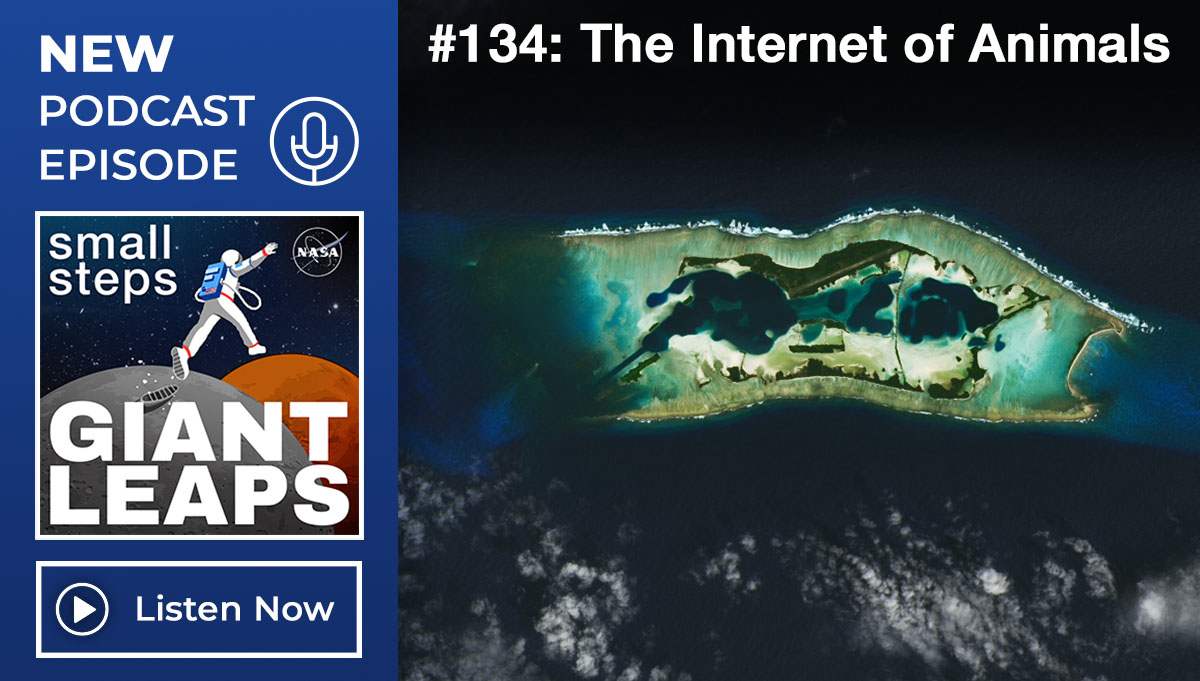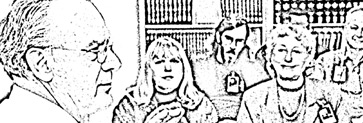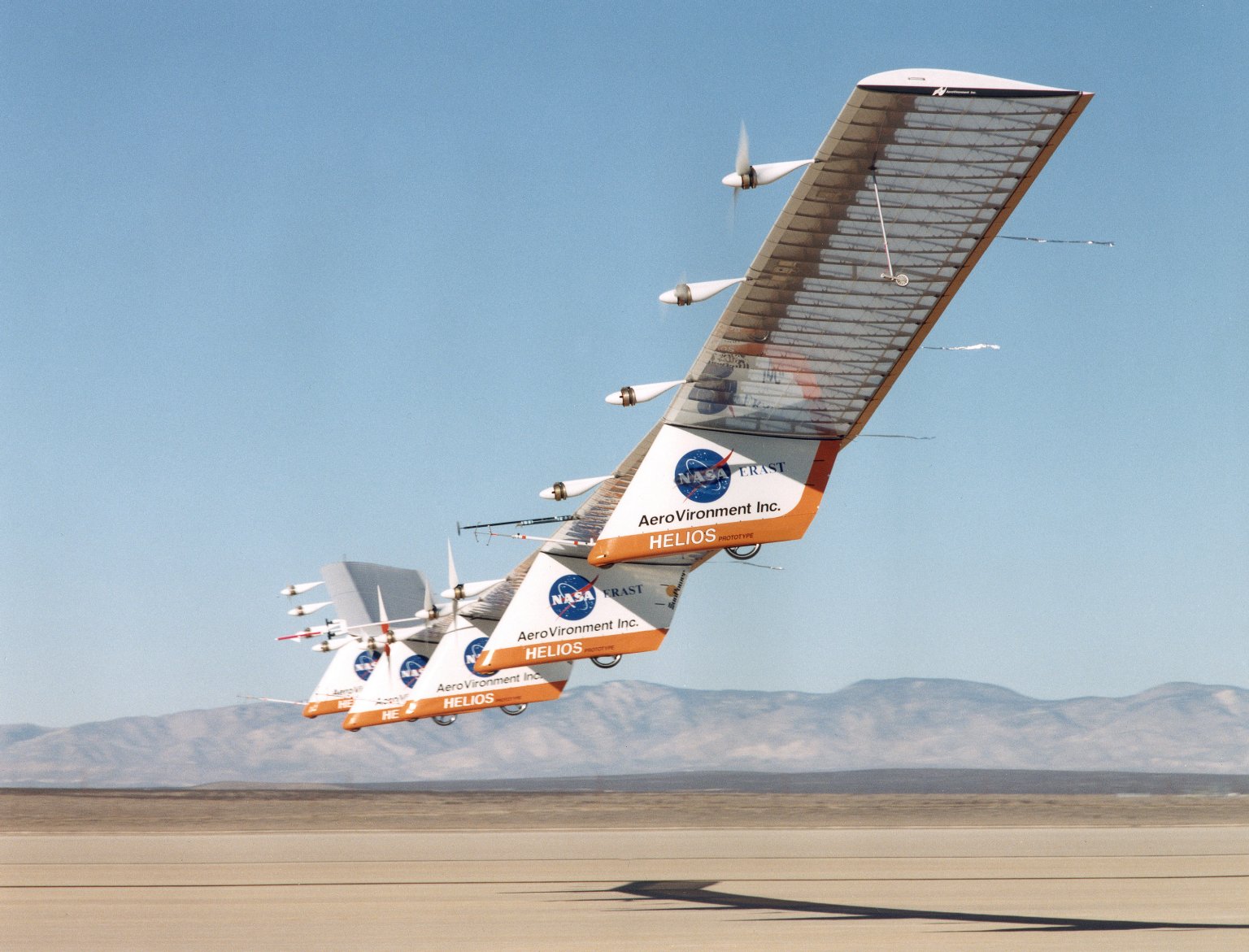
Cathy Peddie is Assistant Manager of the Ultra Efficient Engine Technology (UEET) Program Office at the NASA John H. Glenn Research Center in Cleveland, Ohio.
UEET is a national program to develop the critical technologies for low emission propulsion systems whose results will be used by the U.S. aerospace industry for further development of the next generation of turbine engines. Ms. Peddie has also been a project manager for high mach turbine efforts, and for several microgravity experiments on the Space Shuttle and on the Space Station Freedom. Prior to coming to NASA, she served in the United States Air Force as a Flight Commander responsible for supervision and mission direction of a 12-person crew. She was responsible for the command of three $55-million satellites and a $1-billion ground station. She was handpicked to bring online a new satellite operations center in 1989 and helped establish the first operating procedures.
Ms. Peddie enjoys being a mentor for the Women in Engineering Program at the University of Akron, a mentor for the NASA K-12 program and a panelist for the Women in Science Program at Cuyahoga Community College. She is a native of Makakilo, Hawaii, and in her spare time enjoys oil painting, golf, kayaking and yoga.
After years as a project manager, you’re working now as a deputy program manager. Was that an easy transition to make?
When I accepted my current job, my boss told me that I would notice a big difference between project and program management. Honestly, I thought that he was full of bunk. How different could it be? But after a couple of years, I would say that he was absolutely right! Working on the project level, no matter how large the project, I was able to focus on a particular area; I never had to worry too much about the bigger picture. Now as a program manager, I always have to worry about the big picture.
What does ‘big picture’ mean in your case?
You know the classic definition of project management: balancing cost, schedule and technical issues. I never realized that programs have a fourth dimension, which is politics. There are the typical politics between different organizations, whether they are NASA centers, divisions, branches or whatever; and there are politics, I think, in the classical sense of dealing with Congressmen and Senators, with Headquarters and how Headquarters deals with OMB and Congress. I’m also aware now of international politics- the politics of how our country deals with commercially sensitive technologies and international security. Our program is highly visible. We often get singled out in a Congressional line item. We’ll get calls from the offices of a Senator or Congressman, and I have to be aware of the heightened sensitivity to those types of phone calls and questions that we get asked.
We’re talking about airlines and airplanes here. When people think of NASA, they think of space. Does it ever surprise people that your work focuses on aircraft engines, rather than spacecraft?
Actually, NASA’s roots are in aeronautics, not in space. We didn’t become the space people until the 50s. Having worked on the space side, I know that space generates excitement. People automatically think, “Oh cool, astronauts.” When I talk, instead, about aeronautics, they assume my work can’t be exciting. In fact, I had someone tell me once, “Well, let’s face it. Turbine engines are boring. There is nothing sexy about them.”
Is that perception a problem, when it comes to getting support for your work- from Congress and within the Agency? Is it something that affects the way you work?
Oh, yes. We’re working on that perception, at least in our program office. We have a very aggressive outreach effort. We have “Engine 101” information online and, for kids, a little character that looks like a turbine engine. It’s our fun way of trying to teach the public about engines.
When people point out that aeronautics is a “mature industry,” our challenge is to show then why we need to continue our research in technology. Here’s a personal example of that: my mom. I love my mom, but my mom couldn’t care less about a turbine engine. Recently, she found out she has the start of a cataract. I pointed out to her that our program focuses on emissions reduction, which helps the ozone layer. I explained to her that my work on turbine engines could reduce the number of cataracts in the world. That stunned my mother. Attempting to talk about our work at a level that an individual can relate to is very important in our office. We always try to do that.
I know that you do a lot of outreach work for the program. Is that something that comes naturally for you?
I actually started doing things like that in my community long before I came to NASA. So, when I came to NASA and realized there was a speakers’ bureau and mentorship programs, I got involved because I love to talk to people, especially kids. These were all things that I did in my personal time because it always jazzed me. There is nothing more exciting than having someone come up to you and go, “Wow, what you do is so cool.” You know, if you speak their language, if you talk with them on their level and skip the lecture on turbine engines, I think that actually helps them to understand. Whenever I would speak at an event, I would have adults come up to me and say, “Oh my God, we need more role models like you. The kids really listened.” I never considered myself a role model, but I have realized that if you can tell a young person what it is really like to be an engineer, there’s a better chance they’ll consider going into math and science.
You’ve told us about communicating your mission to people outside the program. How about within a program? You’re currently deputy assistant manager for two programs. How much communication exists between the various projects you oversee?
When I first came to the UEET program, the projects were like separate islands; they didn’t speak to one another. Somehow we had to figure out how to get the islands to come together into a single continent. Why does this matter? Well, when you’re under a tight budget, and one project manager spends all of the money, it’s a significant problem for all the other projects involved. You can’t have people saying, “Oh, I didn’t know that my colleague over there needed money.”
Yes, we hire project managers to look out for their projects. That’s their job. But my job is to look out for the health of the overall program. I have to figure out how to convince these project managers that they need to cross boundaries. I need to convince them that, in the end, it’s in their own best interest to communicate and cooperate. I think we have moved the islands closer together, but they certainly are not one voice.
What have you done to work on the problem?
One thing we’ve tried is holding off-site retreats where we put teams through physical situations that serve as metaphors for work situations. We put people in a situation where they have to team or communicate or organize or plan. After they experience these issues in real time, we try to relate it back to the job. We ask if there are situations back at NASA where the same sorts of scenarios occur. It’s amazing how people will draw the connection.
For example, let’s say we wanted to work on communication. We would talk first about the subject. Then we might go outside and give a team some wood and tell them that they have ten minutes to build a house. Let’s say that one of the team members runs off, without talking to anyone else, and starts building the house- when they come back here to work, they’ll remember that. “Oh, yes, I remember when Todd ran off and started building that house without me. Now, here at work, I would really appreciate it, Todd, if you sat down and talked with me ahead of time.” That’s an example, I think, of combining approaches. We talk about the need for communication, but it’s one thing to say the word; it’s another to experience it.
Our office manages a lot of teams, and we’ve had a lot of teaming issues. We made some people uncomfortable, initially. How do you address interpersonal issues without your engineers thinking, “I can’t believe you’re wasting my time with this touchy-feely stuff”? But this year, when we discussed holding another experiential retreat, people were pounding on my door. This year they said, “When are we going? We can’t wait to go!”
Have you seen results?
From last year to this year, I see a marked difference in our environment here at work. People are more collegial. They will help one another out. There is more laughter in the meetings. I see more of a willingness to say, “Hey, I’ll lend you money this month as long as you get me money next month.” A year ago, that offering never would have come on the table.
On an individual level, we’ve seen changes, as well. At one of our retreats, one of the questions that we asked was, “If you were being used to the best of your capabilities, what would you be doing in this program?” We got different responses from people. In following up individually, we found that while somebody was perfectly willing to do a particular job, they might have more expertise or more of an interest somewhere else. We’re very open to shifting people around.
Have you done that on a project- shifted someone’s duties because of this sort of communication?
Yes, we have. For example, we brought in someone to do our project schedules. I found out at the retreat that she is certified in configuration management. We desperately needed that in one of our new start-up projects. So, we still need her help in schedules, but we have asked her to help set up the configuration management of this project.
Now she’s a lot more gregarious in our meetings. Now she is jumping at the table, trying to give us new ideas. I think for her personally, it’s making her feel more valued. And the project benefits at the same time.
I think if you’re a smart enough manager and you get to know your team and read the environment right, you can play to people’s strengths and weaknesses. You don’t have to have lunch with them every day, but it’s a mistake for any manager, whether you’re heading up a project or a program, to neglect getting to know the people working for you.
If you had to sum up the most important thing you’ve learned during your tenure in program management, what would that be? Work smarter, not harder. It sounds like a clich鬠 I know, but I’ve evolved from when I came into this job insisting that program management is no different from project management. I realized that I had to make a change in my work style. I don’t believe I work as hard as I used to. I don’t need to work harder-because I work better.
Too often our culture here is to fire and then aim. I used to jump into action. Now, I stop and think. I stop, take a breath and think. I still have the urge to leap into action, but I’ve learned that taking a moment to assess the situation helps me to reach a better resolution than if I just jumped right into action. That’s the difference in my style.
I still work in an environment with deadlines and the need for action. Sometimes I make people angry when I say, “Excuse me. I’m sorry I’m slow, but can we think about this for a minute? Why are we doing this?” That really irritates some people around here, but I believe we need to slow down and talk before we act.
So “faster” isn’t always “better”?
Again, what I’ve found is that “harder” isn’t always “smarter.” Like many other people, my line of work means that I have to live the definition of multi-tasking. When we managed one program, I noticed that 10- to 12-hour days became the norm. Then as we moved to managing two programs, it became more like 12 to 14 hours a day, with weekends thrown in, and we started seeing a lot of burnout. We had to start dealing with some significant personnel issues- health problems, interpersonal conflicts, marital difficulties.
A friend of mine came up to me about that same time and told me how frustrated she was in her job as a project manager. She told me that she felt like she was on a treadmill going nowhere fast. And I realized that she was right, that when our jobs make us feel as though we are going nowhere really, really fast, it means that we’ve let things go out of balance.
Now when I see people out of balance, I always try to remind them that unless they take care of themselves, they won’t be of any value to us. If they hurt themselves, or have to miss work, or whatever because of health problems, not only will I feel bad as a human being, but as a program manager I realize that one of my resources won’t be available for me. So, my advice to people always is to take care of themselves first. As soon as they can take care of themselves, then they’ll be able to accomplish whatever it is that we’ve asked them to do.
Do you see yourself as a person who has achieved balance herself?
I see myself as a person striving for balance. When I injured myself several years ago, one of my doctors said, “No medication for you. You’ve got to heal yourself.” “What?” I asked him. I wanted him to give me that magic pill, but his prescription was to get balance in my life. Instead of medication, he suggested yoga, meditation and all of that.
At the time, I questioned his advice, but now I see that his “prescription” helped me heal more than just my injury. When I worked on weekends and worked all those long hours, I threw my life out of balance. Now, I’m finding you can still be successful without giving up everything else.








